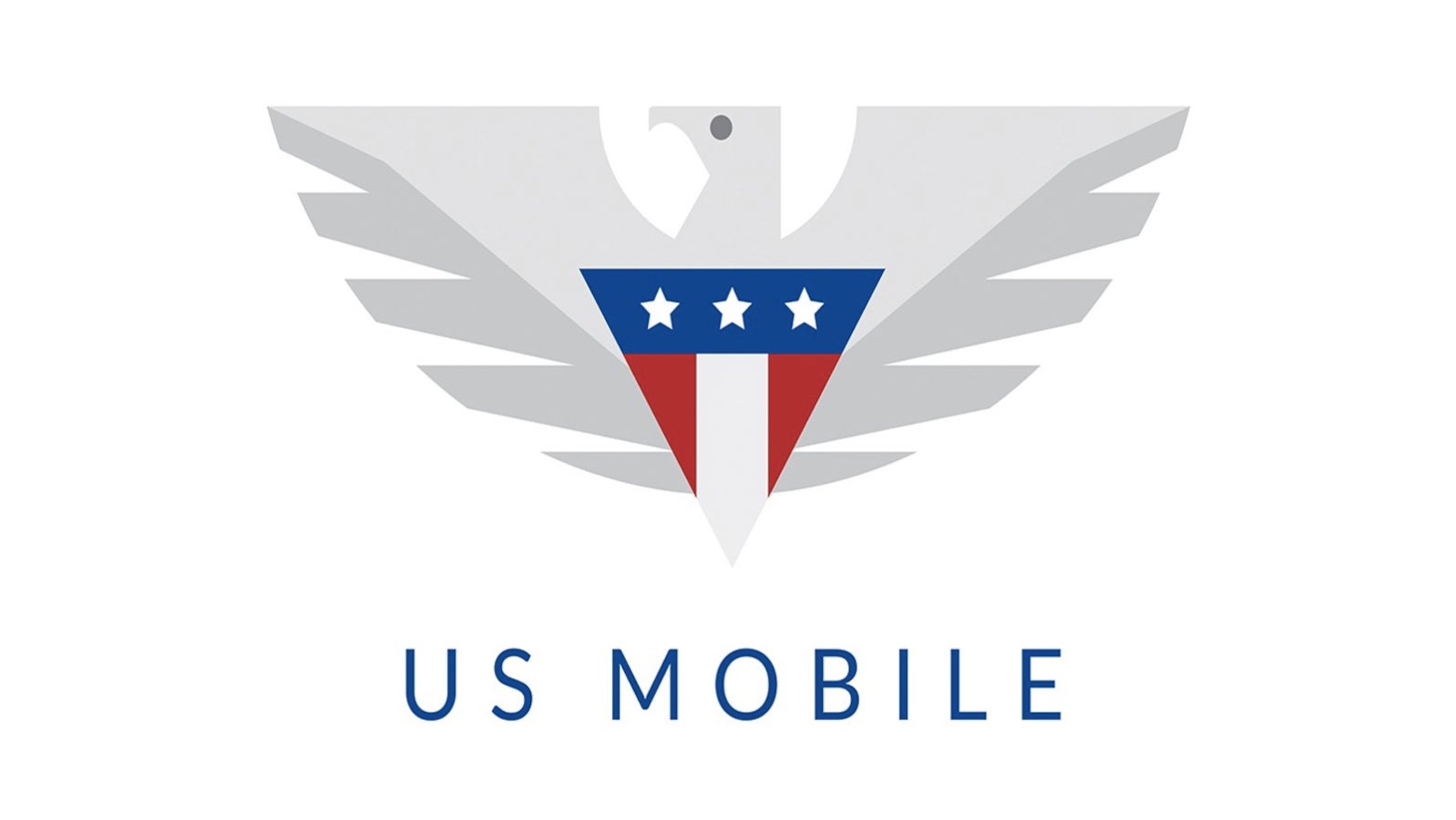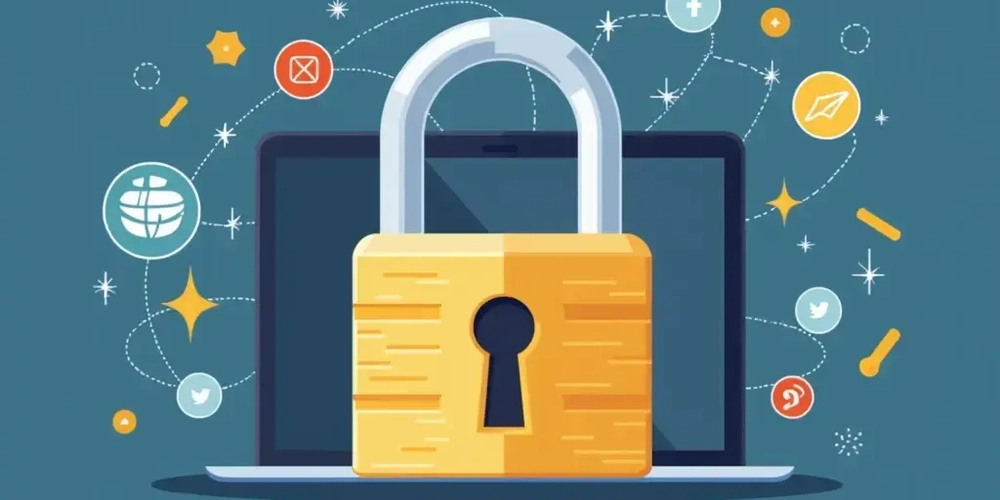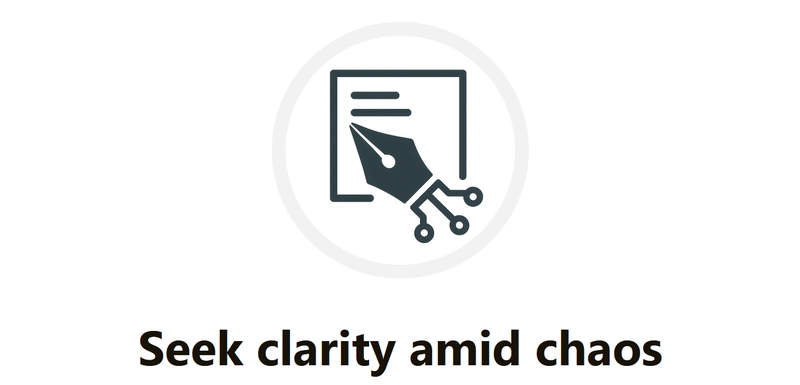Version After Version, But ERP Makes Sure Your Business Always Evolves
Let me ask you this—when was the last time you truly evaluated how your business systems are evolving? If you're like most decision-makers, you’ve probably seen your business change dramatically over the past few years. New tools, shifting customer expectations, changing regulations—there’s always something new. But here's the key question: is your ERP system evolving along with your business? I want to walk you through an idea that many overlook—your ERP’s version updates are not just software patches. They’re business upgrades. With every version, your ERP has the potential to make your operations smarter, faster, and more aligned with the future. In this blog, I’ll show you how modern ERP systems quietly but powerfully ensure that your business doesn’t just keep up—but moves forward, version after version. What Does “Version After Version” Really Mean in ERP? You’ve probably heard phrases like “latest ERP version” or “new ERP release” tossed around by vendors. But let’s clear something up—this isn’t just tech jargon. When I say version after version, I’m talking about a system that grows with you. Here’s what that really means: every time your ERP provider releases a new version—like going from Odoo v16 to v17—they’re not just fixing bugs or refreshing the interface. They’re adding tools that solve real-world problems. Tools that make your sales cycle more efficient, your reporting more accurate, your inventory smarter, and your customer experience sharper. These updates often come with: Smarter automation that eliminates repetitive tasks Improved UI/UX that makes navigation faster for your team Better integrations with third-party tools you’re already using Enhanced data security to keep your business compliant and protected When your ERP evolves, you’re not starting over—you’re stepping into a more advanced version of your own operations. And the best part? The change can be seamless if managed well. Why Evolution Matters in Business Let’s be honest—no business stays the same forever. New competitors enter the market. Customer behavior shifts. Technologies disrupt industries overnight. If your internal systems stay frozen in time, how can you expect to keep up? That’s why business evolution isn’t optional—it’s survival. An ERP system that evolves ensures that you’re not left behind. With every upgrade, you gain access to smarter tools that align with what the market demands right now. Whether it's adapting to GST changes, implementing AI-based analytics, or automating your lead management, an updated ERP keeps your foundation strong while you scale. Think of your ERP as the engine of your digital transformation. If the engine isn’t evolving, neither is the vehicle. How ERP Helps Your Business Evolve – One Version at a Time Now, you might be wondering—what actually changes with each ERP version? Let me break it down for you. Each new version typically introduces: New automation features to reduce manual tasks and save time Refined workflows that match modern business processes Real-time dashboards and analytics to help you make faster, data-backed decisions Better industry-specific modules tailored to your domain (like manufacturing, retail, or healthcare) Tighter integrations with CRMs, ecommerce platforms, payment gateways, and more All these upgrades are designed to do one thing—help your business run smarter and grow faster. So, instead of thinking of upgrades as “technical chores,” start seeing them as strategic opportunities. **A Business That Grew, Version by Version Let’s take a quick example.** A mid-sized retail company in India started with a basic ERP system just to manage inventory. Over time, they upgraded to newer ERP versions that brought in automated invoicing, integrated POS, and real-time reporting. With each new version, they didn’t just get “new features”—they unlocked new capabilities. The finance team started closing books faster. The sales team had better lead tracking. And most importantly, the management had real-time insights across all operations. Within three years and three ERP versions, the company doubled its revenue and expanded into new cities—without switching platforms. That’s the kind of evolution a smart ERP makes possible. Challenges of ERP Upgrades (And How to Overcome Them) Let’s not sugarcoat it—ERP upgrades can feel intimidating. Maybe you’re worried about downtime, costs, or having to retrain your team. That’s totally valid. But here’s the good news: modern ERP providers (especially cloud-based ones) are making upgrades smoother and smarter than ever before. Here’s how you can avoid the usual upgrade headaches: Plan in advance: Schedule updates during off-peak hours or seasons Use a trusted ERP partner: An experienced implementation team can handle 90% of the transition Train smart, not hard: Focus on key user groups, and use built-in help guides Test before you leap: Mo
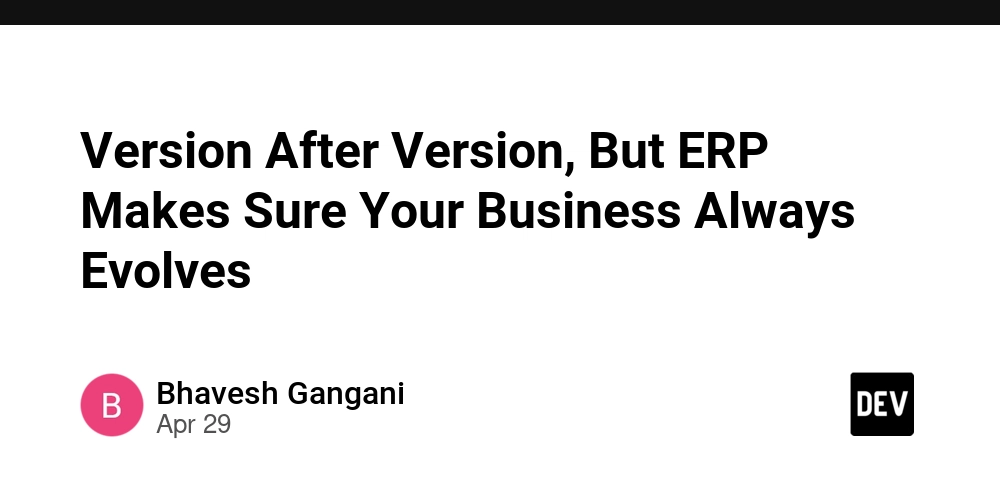
Let me ask you this—when was the last time you truly evaluated how your business systems are evolving?
If you're like most decision-makers, you’ve probably seen your business change dramatically over the past few years. New tools, shifting customer expectations, changing regulations—there’s always something new. But here's the key question: is your ERP system evolving along with your business?
I want to walk you through an idea that many overlook—your ERP’s version updates are not just software patches. They’re business upgrades. With every version, your ERP has the potential to make your operations smarter, faster, and more aligned with the future.
In this blog, I’ll show you how modern ERP systems quietly but powerfully ensure that your business doesn’t just keep up—but moves forward, version after version.
What Does “Version After Version” Really Mean in ERP?
You’ve probably heard phrases like “latest ERP version” or “new ERP release” tossed around by vendors. But let’s clear something up—this isn’t just tech jargon. When I say version after version, I’m talking about a system that grows with you.
Here’s what that really means: every time your ERP provider releases a new version—like going from Odoo v16 to v17—they’re not just fixing bugs or refreshing the interface. They’re adding tools that solve real-world problems. Tools that make your sales cycle more efficient, your reporting more accurate, your inventory smarter, and your customer experience sharper.
These updates often come with:
Smarter automation that eliminates repetitive tasks
Improved UI/UX that makes navigation faster for your team
Better integrations with third-party tools you’re already using
Enhanced data security to keep your business compliant and protected
When your ERP evolves, you’re not starting over—you’re stepping into a more advanced version of your own operations. And the best part? The change can be seamless if managed well.
Why Evolution Matters in Business
Let’s be honest—no business stays the same forever. New competitors enter the market. Customer behavior shifts. Technologies disrupt industries overnight. If your internal systems stay frozen in time, how can you expect to keep up?
That’s why business evolution isn’t optional—it’s survival.
An ERP system that evolves ensures that you’re not left behind. With every upgrade, you gain access to smarter tools that align with what the market demands right now. Whether it's adapting to GST changes, implementing AI-based analytics, or automating your lead management, an updated ERP keeps your foundation strong while you scale.
Think of your ERP as the engine of your digital transformation. If the engine isn’t evolving, neither is the vehicle.
How ERP Helps Your Business Evolve – One Version at a Time
Now, you might be wondering—what actually changes with each ERP version? Let me break it down for you.
Each new version typically introduces:
New automation features to reduce manual tasks and save time
Refined workflows that match modern business processes
Real-time dashboards and analytics to help you make faster, data-backed decisions
Better industry-specific modules tailored to your domain (like manufacturing, retail, or healthcare)
Tighter integrations with CRMs, ecommerce platforms, payment gateways, and more
All these upgrades are designed to do one thing—help your business run smarter and grow faster.
So, instead of thinking of upgrades as “technical chores,” start seeing them as strategic opportunities.
**A Business That Grew, Version by Version
Let’s take a quick example.**
A mid-sized retail company in India started with a basic ERP system just to manage inventory. Over time, they upgraded to newer ERP versions that brought in automated invoicing, integrated POS, and real-time reporting.
With each new version, they didn’t just get “new features”—they unlocked new capabilities. The finance team started closing books faster. The sales team had better lead tracking. And most importantly, the management had real-time insights across all operations.
Within three years and three ERP versions, the company doubled its revenue and expanded into new cities—without switching platforms.
That’s the kind of evolution a smart ERP makes possible.
Challenges of ERP Upgrades (And How to Overcome Them)
Let’s not sugarcoat it—ERP upgrades can feel intimidating. Maybe you’re worried about downtime, costs, or having to retrain your team. That’s totally valid.
But here’s the good news: modern ERP providers (especially cloud-based ones) are making upgrades smoother and smarter than ever before.
Here’s how you can avoid the usual upgrade headaches:
Plan in advance: Schedule updates during off-peak hours or seasons
Use a trusted ERP partner: An experienced implementation team can handle 90% of the transition
Train smart, not hard: Focus on key user groups, and use built-in help guides
Test before you leap: Most ERP platforms offer a staging environment so you can preview changes
Yes, ERP version changes take a little effort—but the ROI far outweighs the inconvenience.
Why Skipping Versions Can Leave You Behind
Let me give it to you straight—skipping ERP upgrades is like running a marathon in old shoes. You might make it to the finish line, but you’ll feel every mile a lot more painfully.
Many businesses delay updates thinking, “If it’s working, why touch it?” But here’s what they don’t see:
Older versions miss out on security patches, making your data vulnerable
Compatibility issues start creeping in—especially if you use third-party tools
Support from the vendor eventually runs out, leaving you stranded when issues arise
And perhaps most importantly, your competitors are moving ahead with automation, better reporting, and smoother workflows
Each ERP version is designed to handle the complexity of today’s business world, not yesterday’s. Skipping updates is like saying no to better efficiency, innovation, and agility.
If your ERP hasn’t been updated in years, it’s not just outdated—it could be holding your entire business back.
Future-Proofing Your Business with a Scalable ERP Strategy
Let’s take a moment to think long-term. You’re not just investing in an ERP system to solve today’s problems—you’re building a foundation for future success. That’s why having a scalable ERP strategy is key.
The right ERP system doesn’t just serve your current needs; it grows with you. Here’s how:
Modular flexibility: As your business expands, you can add new features and integrations without a complete overhaul.
Cloud-based scalability: Cloud ERPs automatically adjust to handle growing data loads and new users, so your infrastructure never lags.
Customization: With each ERP version, you gain more flexibility to customize the system as per your business’s unique processes—whether it’s adding automation, changing workflows, or integrating with new tools.
Real-time updates: A cloud-based ERP ensures you're always on the latest version without having to manually install patches.
By setting up a scalable ERP strategy from the start, you’re essentially future-proofing your operations. You’re creating a system that evolves with your business, ensuring it’s ready for anything—from mergers to new industry regulations.
Conclusion:
At the end of the day, ERP is not just software—it’s the backbone of your business’s evolution. With each version upgrade, you’re unlocking new capabilities, improving efficiencies, and staying ahead of the curve. It’s not about keeping up with change; it’s about staying proactive in shaping the future of your business.
By continuously investing in ERP upgrades, you're ensuring your operations are always aligned with the latest industry trends, customer needs, and technological advancements. And with a scalable ERP system in place, your business is ready for whatever comes next—whether it’s expansion, new market opportunities, or shifts in the digital landscape.
So, the next time a new ERP version is released, think of it as another opportunity to evolve your business, not just a technical task to check off your list. Embrace it, because your business’s growth depends on it.




































































































































































![[The AI Show Episode 145]: OpenAI Releases o3 and o4-mini, AI Is Causing “Quiet Layoffs,” Executive Order on Youth AI Education & GPT-4o’s Controversial Update](https://www.marketingaiinstitute.com/hubfs/ep%20145%20cover.png)














































































































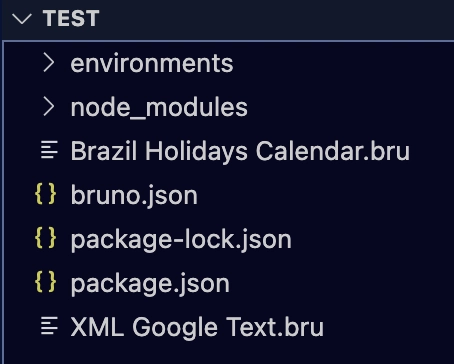
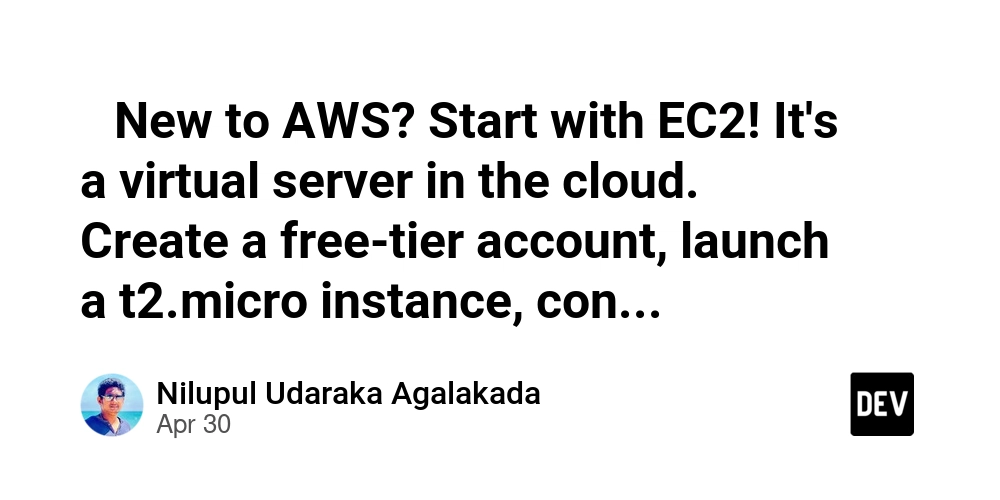























































































































.jpg?#)
































_NicoElNino_Alamy.jpg?width=1280&auto=webp&quality=80&disable=upscale#)



























































































![Craft adds Readwise integration for working with book notes and highlights [50% off]](https://i0.wp.com/9to5mac.com/wp-content/uploads/sites/6/2025/04/craft3.jpg.png?resize=1200%2C628&quality=82&strip=all&ssl=1)


















![Standalone Meta AI App Released for iPhone [Download]](https://www.iclarified.com/images/news/97157/97157/97157-640.jpg)

















































